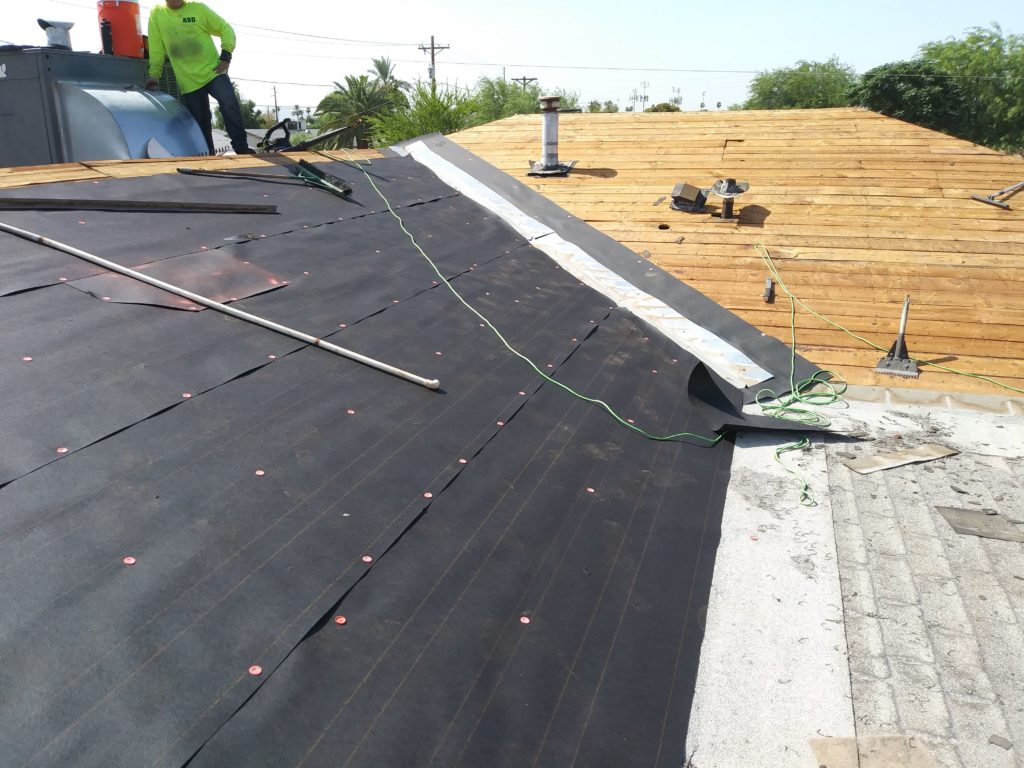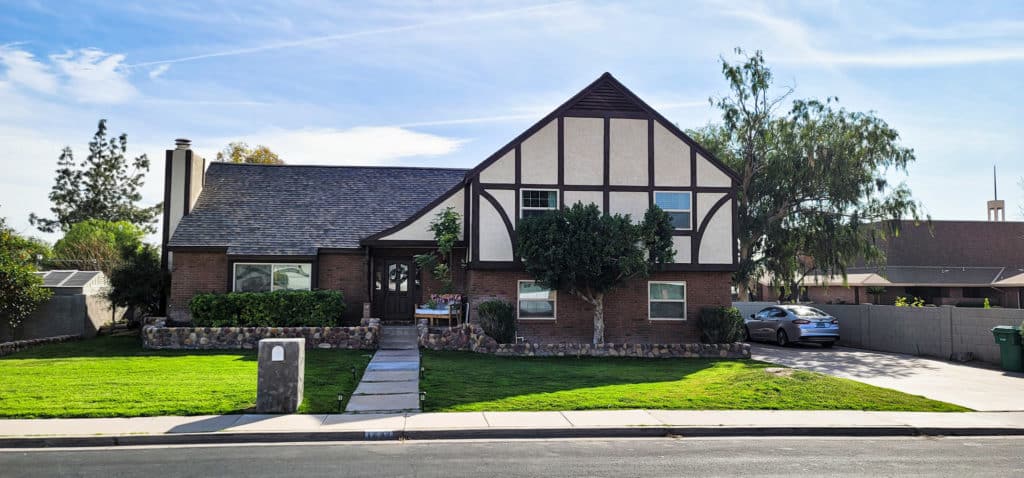Roofs are important components of any residential or commercial structure and the number of layers of shingles that can be applied to a roof in Phoenix, Arizona depends on several factors. This article will discuss the regulations governing how many layers of shingles may be installed on roofs located in this region as well as other considerations that must be taken into account when determining whether additional shingle layers should be added. Additionally, it will explore potential consequences if too many layers are installed and explain how they might affect the integrity of the roof over time. By understanding these guidelines homeowners and contractors alike can make informed decisions about their roofing needs in Phoenix, Arizona.
Understanding The Climate
Phoenix, Arizona is subject to an arid desert climate. Average temperatures in Phoenix can range from a low of 43°F (6°C) during the winter months, up to a high of 107°F (42°C) in summertime. The city experiences very little rainfall and has long stretches of dry weather that can last for months at a time.
The roofing materials used in Phoenix must be able to withstand the extreme heat and exposure to ultraviolet rays without deteriorating quickly. Shingles made from asphalt are commonly chosen due to their durability, relatively low cost, and aesthetic appeal. However, it is important to consider how many layers of shingles should be put on a roof when living in this environment as too few or too many could lead to problems down the line.

Building Code Requirements
In order to determine the number of layers of shingles allowed on a roof in Phoenix, Arizona, it is important to understand the local building code requirements. The International Building Code (IBC) and the Residential Code for One- and Two-Family Dwellings (IRC) are both applicable legal documents which provide guidelines for construction projects in the area. According to these codes, roofs should be constructed with at least two layers of asphalt shingles. In certain cases, three layers may also be permitted if specific criteria are met.
The IBC states that additional shingle layers can only be applied when there is no more than one layer of existing roof covering material already present. Additionally, all manufacturers’ instructions must be followed regarding flashing details and ventilation system installation measures. It is recommended that professional contractors comply with all regulations before beginning any project involving multiple layers of shingles due to potential liability issues from failing to meet established standards or safety protocols.
Different Types Of Shingles
In Phoenix, Arizona the number of shingle layers permitted on a roof depends upon the type and material used in construction. Asphalt shingles are most commonly used for residential roofs due to their affordability, durability, and variety of colors available. Generally speaking, up to three layers may be placed on an asphalt shingle roof before requiring professional removal of existing shingles. However, metal and tile roofs can only have one layer installed, even if it is the same type as the original material.
When considering replacement materials or additional layers, homeowners should consult with local building codes prior to beginning any work. Additionally, they should consider factors such as climate conditions and energy efficiency when selecting new materials. Ultimately, proper installation is key to ensure that all types of shingles last through extreme weather conditions common to Phoenix’s desert environment.
Installation Guidelines
In Phoenix, Arizona, the number of shingles that can be installed on a roof is typically limited to two layers. The existing layer must be in good condition before applying a new layer and if it is not then these should be removed first. Care must also be taken when installing multiple layers as they may put additional stress on the underlying structure of the home. It is recommended to refer to the local building department for specific installation requirements prior to beginning any work.
The overall goal when installing multiple layers of shingles is to ensure a secure installation with no gaps between them. This will help protect against wind uplift and water infiltration which could cause damage over time. Additionally, proper flashing and ventilation are essential for long-term performance as well as code compliance. An experienced contractor should be consulted when considering this type of project so all precautions are taken into account.

Inspections And Warranties
In Phoenix, Arizona, a roof can have up to four layers of shingles. Each layer must be inspected prior to installing the subsequent layer in accordance with local building codes and safety requirements. It is essential that roofs in Phoenix receive regular maintenance, including periodic inspections by qualified professionals. With proper care and attention to detail during installation, homeowners can enjoy many years of peace-of-mind knowing their roof has been constructed according to code with quality components backed by manufacturer warranties and workmanship warranties provided by contractors.
Cost Considerations
In Phoenix, Arizona home or business owners who are planning to install shingles on their roof should be aware of the cost considerations associated with this project. The most important factor in determining a budget for shingle installation is how many layers of shingles will be needed. Generally speaking, two layers of shingles can be installed on a roof at once; however, three or more may be required if the existing surface is damaged beyond repair. Additionally, the type and grade of material chosen will also affect the overall cost of the project. For example, upgrading from an economy-grade asphalt shingle to a premium-grade architectural style could significantly increase costs.
Moreover, labor charges vary depending on size and complexity of the job as well as local market rates. It is essential that homeowners get multiple bids before making any decisions so they have an idea of what different contractors charge for similar work. In addition to labor costs, other fees such as permit fees must also be taken into account when estimating total expenses related to new roof installations.


